A step by step guide for tomato farming in Maharashtra
Today, we discuss the topic of tomato farming in Maharashtra. Maharashtra is one of the top producers of tomato. Here is the complete guide for tomato production, cultivation practices in the state of Maharastra. There are many farmers who are utilizing subsidies for tomato cultivation in greenhouse, and playhouse. Why wait, let us grow tomatoes in Maharashtra.
Tomato is one of the main important vegetable crops cultivated for its fleshy fruits. Tomato is considered a very important commercial and dietary vegetable crop. The botanical name of tomato is Lycopersicon esculemtun and belongs to Lycopersicae family.
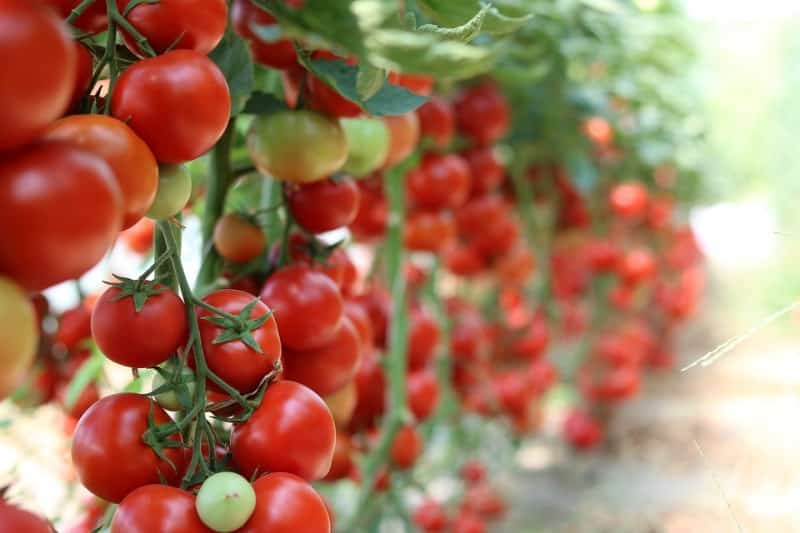
Different tomato varieties are grown in Maharashtra:
Let us discuss different tomato varieties grown in Maharashtra;
- HS-101
- HS-102
- Hisar Lalit
- Hisar Arun
- Kashi
- Anupam
- Pusa-120
- Pusa Ruby
- Arka Abha
- Pusa Hybrid-4
- Arka Ananya
- Arka Saurabh
Some information about tomato farming in Maharashtra:
- Farmers growing tomatoes in Maharashtra need to think twice before sowing the seeds since the wholesale prices of tomatoes have crashed by nearly 54 percent (on an average) between November 2017 and 2018. With almost a 78 percent dip, Maharashtra recorded the maximum drop in tomato prices.
- In Maharashtra area under tomato farming is 43,600 hectare.
- Normally, 70% of Maharashtra tomato cultivation comes under drip irrigation.
- Tomato growers in Maharashtra’s drought-hit regions are increasingly turning towards drip irrigation system as a solution.
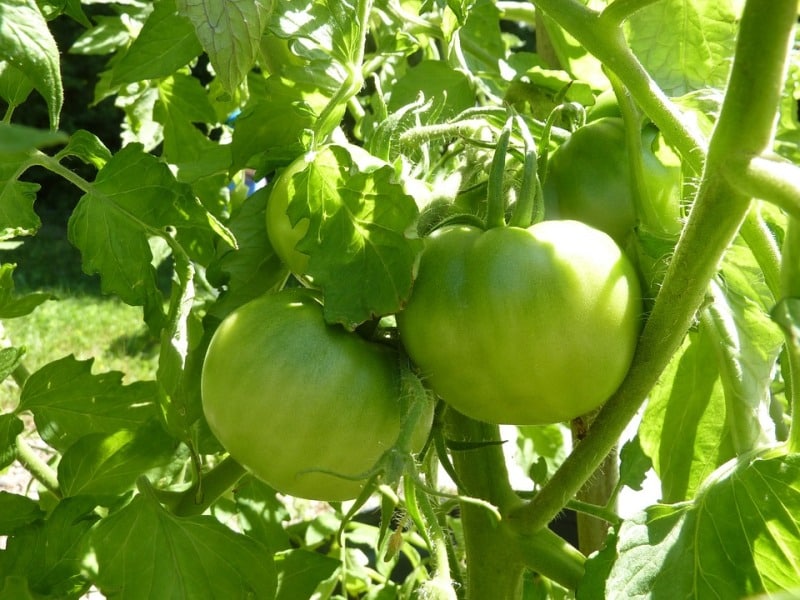
You may be interested in the Bitter Gourd Project Report, Cultivation Cost, Profit.
Soil requirement for growing tomatoes
Generally, tomato grows well on most mineral soils that have proper water holding capacity and aeration, and are free of salt. Its cultivation prefers deep, well-drained, sandy loam soils. The upper layer wants to be permeable. A soil depth of 15 to 20 cm is required to grow a healthy crop. In heavy clay soils, deep plowing allows improved root penetration.
Tomatoes farming best in well-drained soils that are well supplied with organic matter. Sandy soils are appropriate for early production, loam and clay loam soils are suited for later production. Shelter from wind is very important especially for early production. This crop benefits from the use of plastics such as ground mulches, row covers, and tunnel houses.
Temperature and light requirement for growing tomatoes:
Normally, tomato cultivation in Maharashtra requires a relatively cool, dry climate for high yield and premium quality. Though, it is adapted to a wide range of climatic conditions from temperate to hot and humid tropical. The optimum temperature for most tomato varieties lies between 21°C and 24°C.
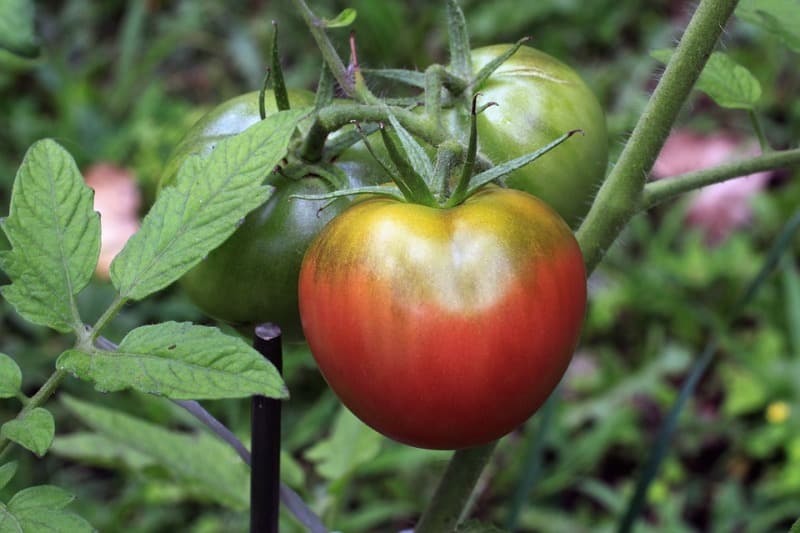
Tomatoes respond well to high-temperature requirements. The minimum temperature for tomato seed germination is 10°C with a maximum temperature of 35°C and an optimum range of 17 to 20°C. Most field transplants must not be set out until the danger of frost is past. An optimum growth rate is finding at 22°C with reductions occurring above 30°C and below 12°C. Tomato setting is inhibited above 30°C and below 16°C. Rough fruit results from rising temperatures below 16°C. Root growth does not happen below 16°C. Tomatoes need adequate, even moisture, particularly at the flowering and during fruit set.
You may also check Coriander Farming Profit, Cost, Project Report.
Seedling and planting tomatoes in Maharashtra:
Tomatoes require a relatively long growing season; they must be started in a greenhouse or hotbed. Approximately 75 to 150 grams of seed are required to generate enough plants for one hectare. Sow seeds 8 weeks before plants are to be set in the field or tunnel. A temperature of 27°C for one to two weeks is required for good seed emergence.
Plants for early crops can be pricked off (when the first true leaves appear) into 5 to 10 cm pots and tomato plants for late production can be pricked off into a module transplant tray, peat block, paper pots or peat pots 4 to 5 weeks before transplanting. Plants must be grown firm and stocky by good light, moderate temperatures, and appropriate fertilization. Plants must be developed to the budding stage by the time of transplanting.
Tomato plants can be raised by sowing the raw seeds directly into peat pots, module trays (72, 128 or 200 cell trays), or peat blocks. Under such a planting method a superior plant can be raised in a shorter time. This method is less labor-intensive and reduces transplant shock.
Tomato plants must be hardened for about one week before transplanting to the field. This can be accomplished by reducing the soil moisture provide and reducing the air temperature to 13 to 16 C. This will develop the survival ability of the plants to adverse weather conditions when fieldset.
Tomatoes are normally field set at 11,000 to 18,000 plants per hectare in Maharashtra depending on the type of tomato and its field spacing.
Mulching of tomato plants
Black plastic mulch can be used for weed control and higher yields of tomato fruit. Clear plastic mulch is the most effective for early growth and high yields. However, weeds should be controlled with the use of herbicides.
Water requirement for tomato production:
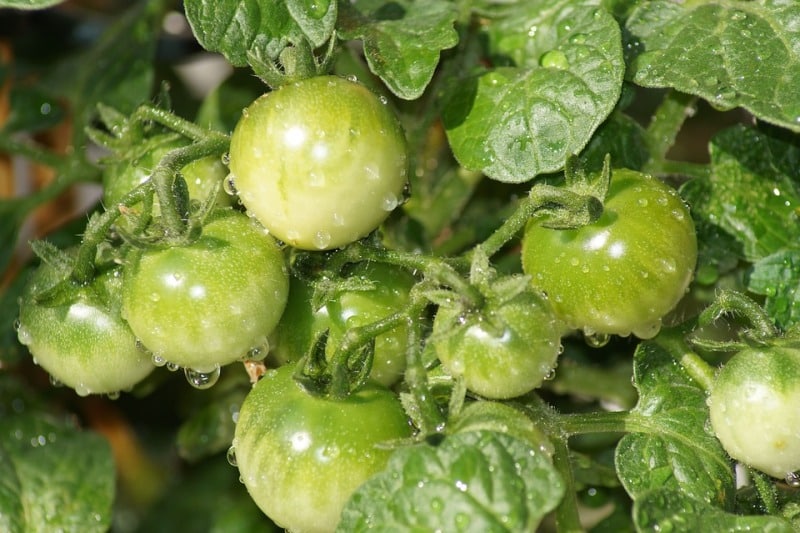
The soil moisture must be kept at a reasonable level to reduce the incidence of cracking and blossom end rot from wide fluctuations in soil moisture. A fixed irrigation system can be used for frost control at planting time or late in the fall. Trickle irrigation can be used in the field or in tunnel houses with or without soil mulches.
You may be interested in the Solar Subsidy, Loan Schemes for Agriculture.
Advantages of growing a tomato in Maharashtra:
The below-mentioned points are the advantages of growing tomato in Maharashtra;
- Generally, it is a short duration vegetable crop.
- Tomato is one of the most widely grown solanaceous vegetable crops grown Maharashtra under outdoor and indoor conditions.
- The tomato plant growth characteristics range from indeterminate to highly determinate type. The branches of indeterminate plants keep growing and producing tomato fruits until frost kills the plant.
- Tomato growing in Maharashtra is well fitted in different cropping systems of cereals, grains, pulses, and oilseeds.
- It gives more yields hence high economic value.
- Tomatoes are nutritionally valuable for their high pro-vitamin A and C content and rank number one in their nutrient contribution to the human diet.
- Numbers of processed items are arranged on a large scale for consumption as well as for export purpose.
Harvesting techniques of tomatoes:
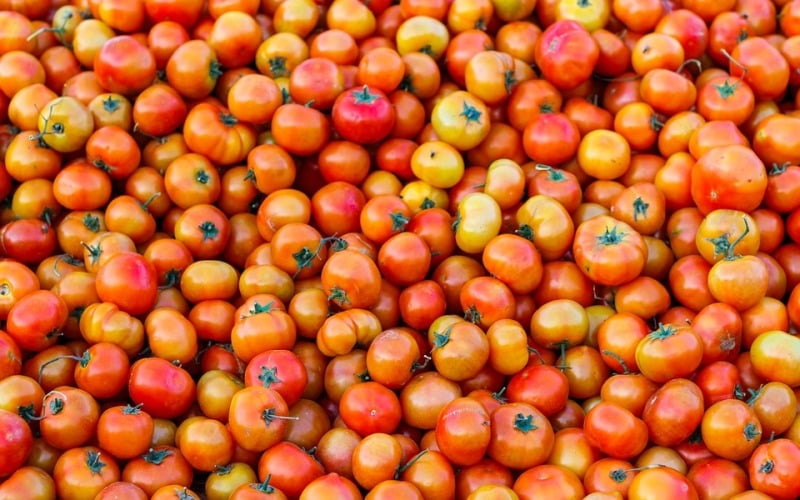
Harvesting on time and proper post-harvest treatment of the tomato is very important. The high water quantity of tomatoes makes them vulnerable to post-harvest losses. Over-mature fruit gets simply damaged or starts rotting. The first measure to help limit the extent of post-harvest damage is harvesting at the correct moment. It will be essential to harvest several times as the fruit of tomato plants do not all ripen at the same time. The first tomato harvest is possible three to four months after sowing. Harvesting will continue for about one month depending on climate effect, diseases, pests, and the cultivar planted. During one season tomatoes should be harvested 4 to 15 times.
You may also like Balcony Garden Design for Vegetables, Flowers.